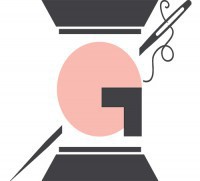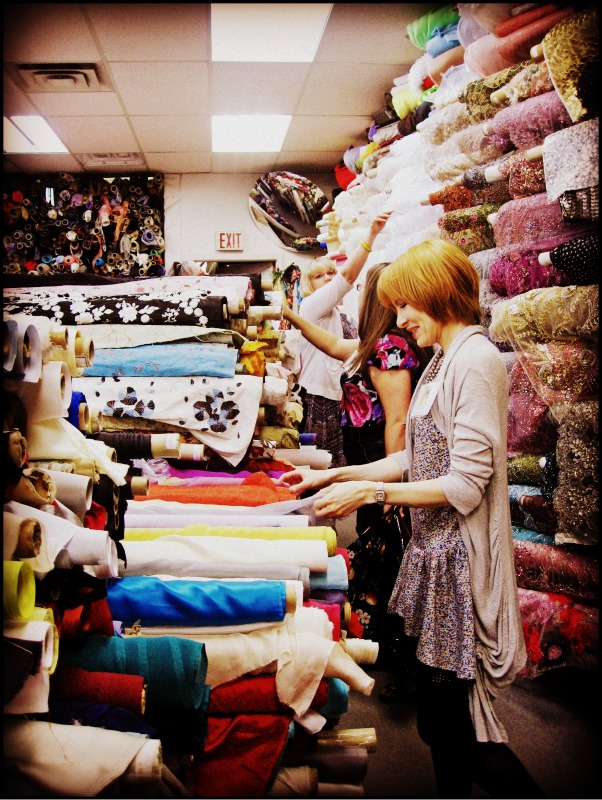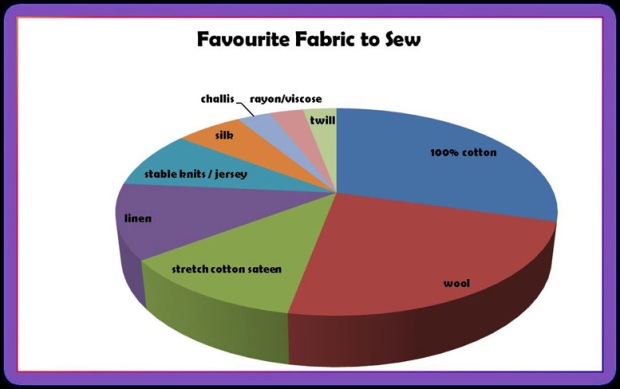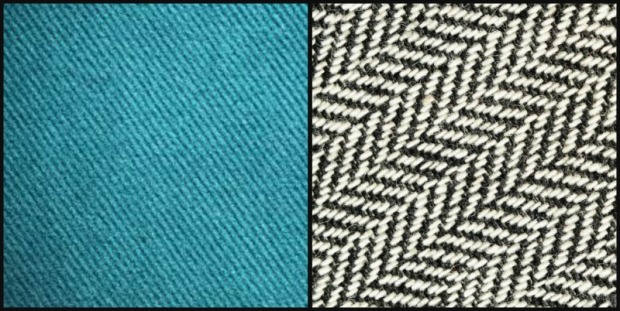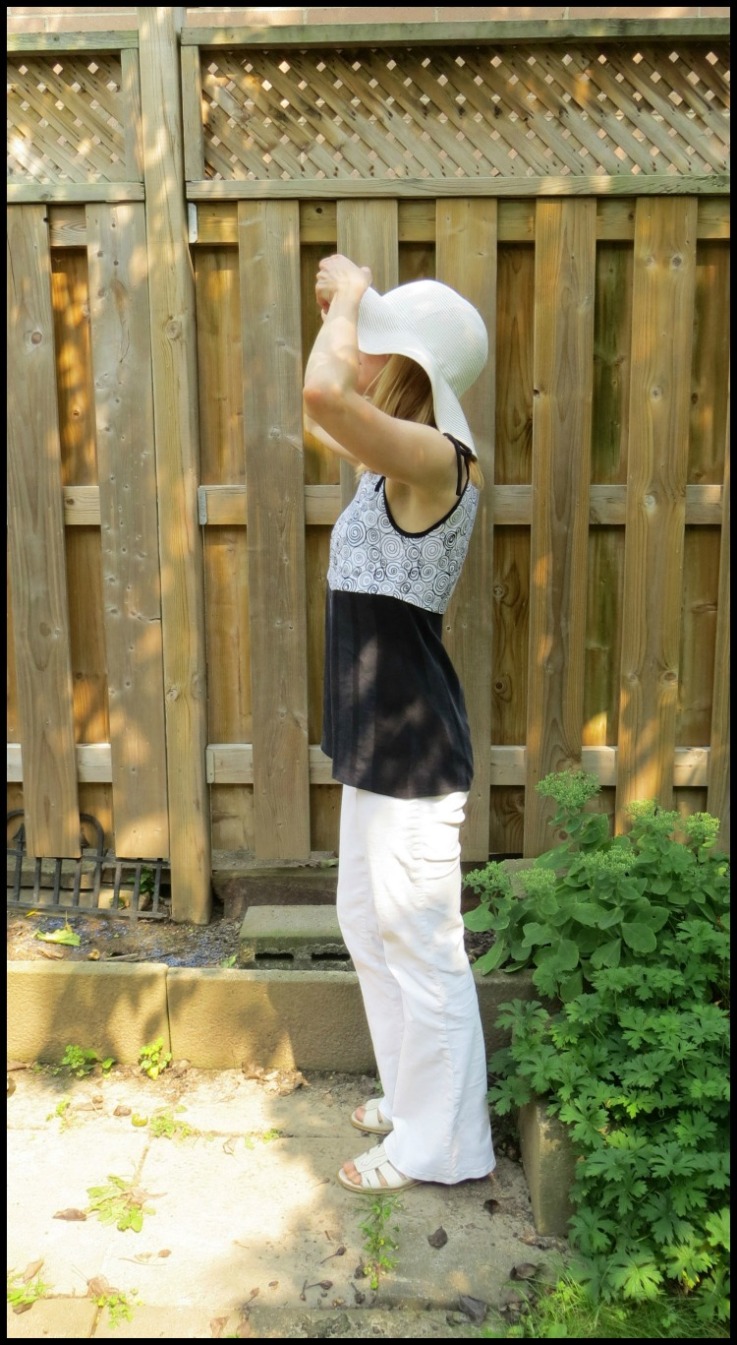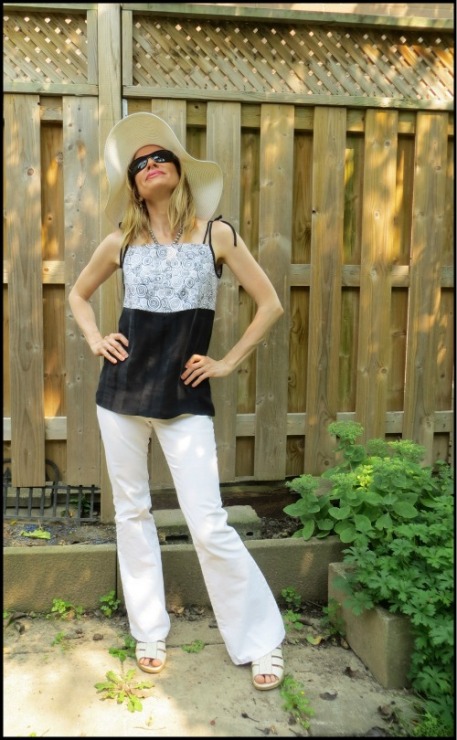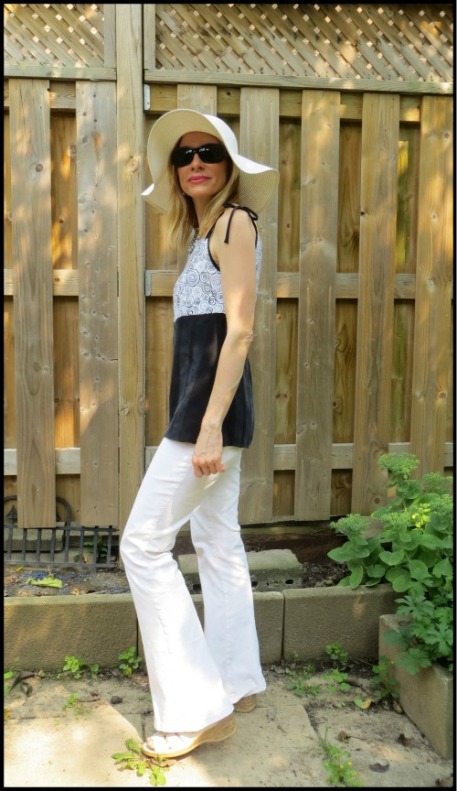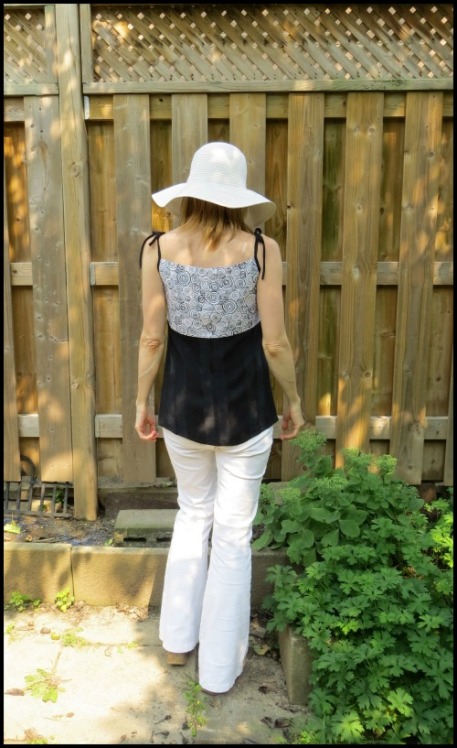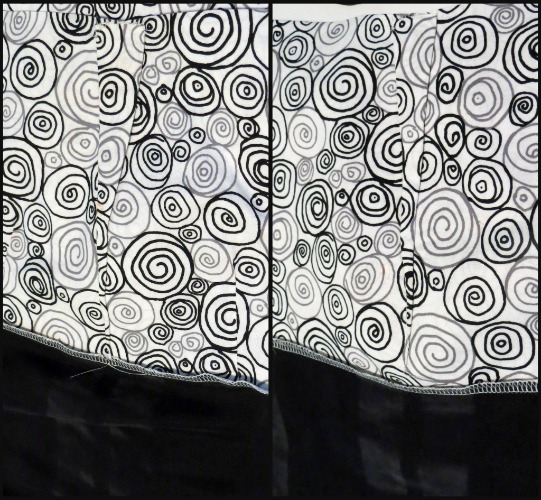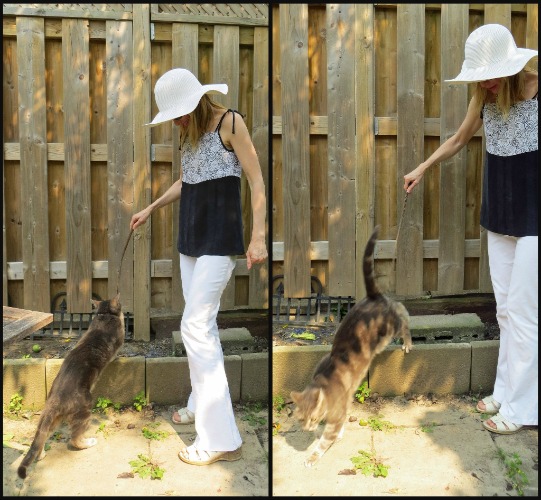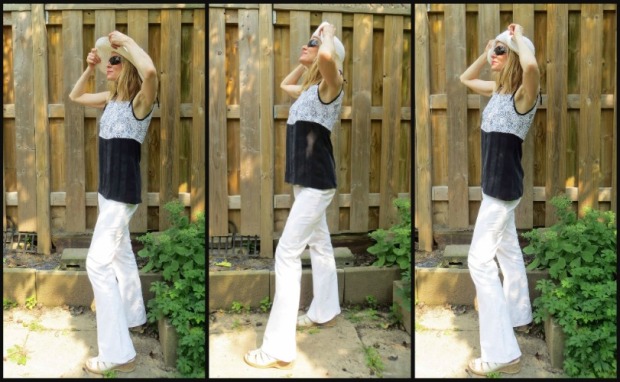Ahhh, to keep you in suspense for just a moment longer! I must tell you that my blog has been short-listed on BurdaStyle’s 50 Best Bloggers for Sewing Enthusiasts!  I really couldn’t believe it when I saw it! Heck, I’m still flabbergasted when even one person enjoys my ‘style’ and comments on my posts. 🙂 I’ve no idea how Burda makes selections for this list or if somebody nominated my blog, but, if so, thank you very much! I appreciate every person who drops by the ol’ blog, leaves a thoughtful remark, shares some wisdom, puts a smile on my face or offers up terrific advice! We really do have a pretty special community here in the wonderful world of sewing.
I really couldn’t believe it when I saw it! Heck, I’m still flabbergasted when even one person enjoys my ‘style’ and comments on my posts. 🙂 I’ve no idea how Burda makes selections for this list or if somebody nominated my blog, but, if so, thank you very much! I appreciate every person who drops by the ol’ blog, leaves a thoughtful remark, shares some wisdom, puts a smile on my face or offers up terrific advice! We really do have a pretty special community here in the wonderful world of sewing.
There are definitely some fantastic blogs on the list, I am honoured to be in such great company (although a few of my personal favourites are noticeably missing). You can go here to see who is on the list and vote for Gjeometry or any of your favourite blogs on the list. Voting ends Monday, September 8th.
OK, now CHART TIME!
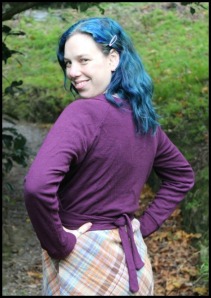
Kat in her cosy Merino Wool Papercut Patterns Coppelia wrap top
Results were tabulated from this post, and the winning fabric, pulling ahead by just a thread (hahahaha) is…. 100% cotton! This included:
- lightweight quilting cotton
- voile
- batiste
- lawn
Coming in a close second was wool! This included:
- wool suiting
- merino wool
- wool crepe
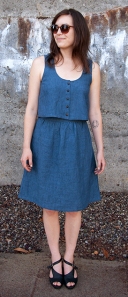
Morgan’s Lovely Linen Livery
Tied for third place was stretch cotton sateen (including stretch textured Jacquard) and linen!
Some other fun facts that we discovered:
Favourite quote (by Rebecca): “Cutting silk is like trying to cut water.” 🙂
Now, if you are new to my blog and/or did not get a chance to vote in this fabulously scientific survey, fear not!! You can still add your favourite fabrics to sew and/or wear in the comments section and we can update the charts. CHART!! They do not have to be one of the already listed fabrics.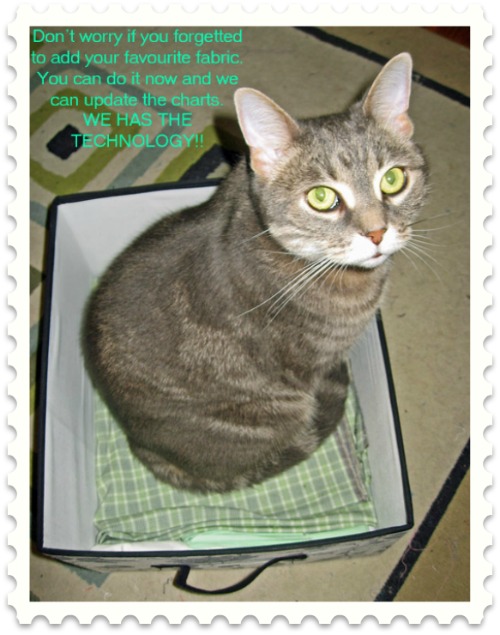
What Do Some Of These Terms Mean?
Most of the fabrics are pretty self-explanatory, but here’s some info on a few of the items.
Jacquard:
Jac·quard, Joseph Marie 1752-1834 was the French inventor of the Jacquard loom (1801), the first automatic loom able to weave complex patterns.
1. A fabric with an intricately woven pattern.
2. A special loom or the method employed in the weaving of a figured fabric.
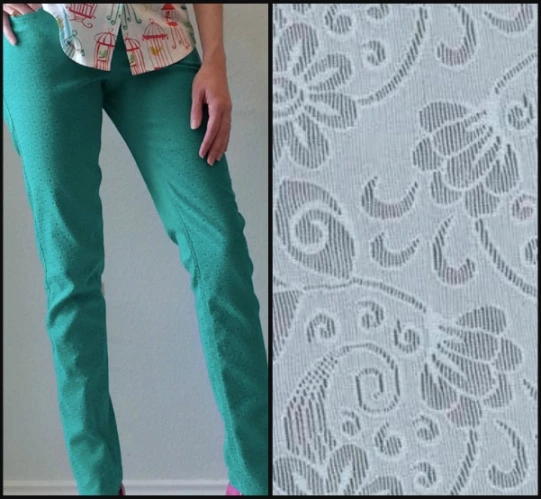
Jacquard Fabric Swatch and Brooke’s Fabulous Stretch Jacquard Trousers
Jacquard weave: a fabric in which the design is incorporated into the weave instead of being printed or dyed on.
Viscose or Rayon?
Well, actually, viscose and rayon are not entirely the same thing. They are manufactured with the same process but different materials are used for each. While rayon can be made with cellulose from a variety of plants, viscose is made from wood pulp or cotton linter. More information can be found here: Difference Between Rayon and Viscose.
Twill
Twill is a type of weave that produces a pattern of diagonal parallel ribs or lines (think herringbone). This is done by passing the weft thread over one or more warp threads and then under two or more warp threads. Examples of twill are denim, chino, gabardine and tweed.
Challis
Challis is a soft, lightweight, usually printed, woven fabric, originally a silk-and-wool blend. It is often made from a single fibre, such as cotton, silk or wool, or from human-made fabrics such as rayon.
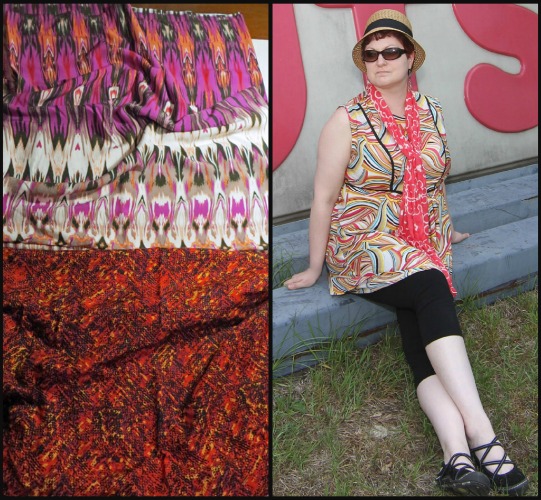
Challis Fabrics from my Stash (what to sew with them?) and Anne’s Beautiful Challis Summer Frock
ITY Knits
ITY stands for Interlock Twist Yarn, which gives the fabric a natural elasticity and is usually made from polyester. The crepe textures can have a soft feel, but the smoother ones have a tendency to feel a bit ‘plastic-y’. Skipped stitches can result and a proper (stretch or microtex) needle is key.
Till next time!
